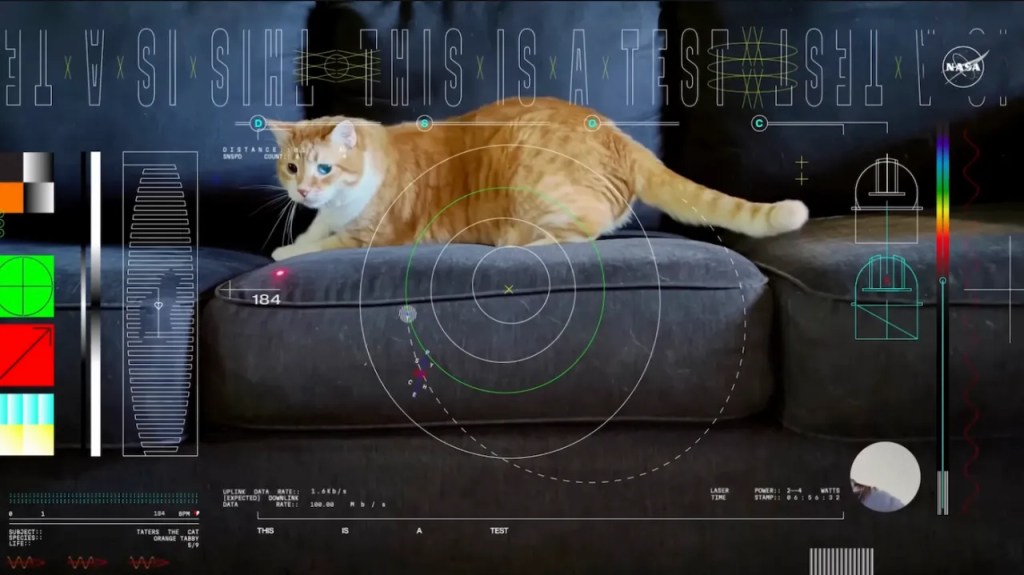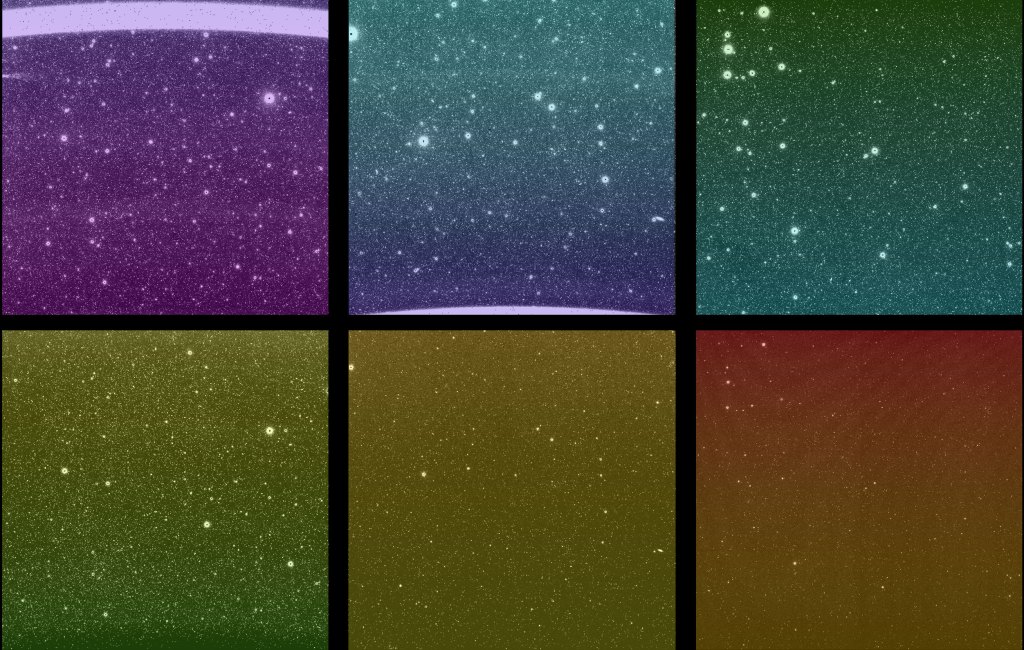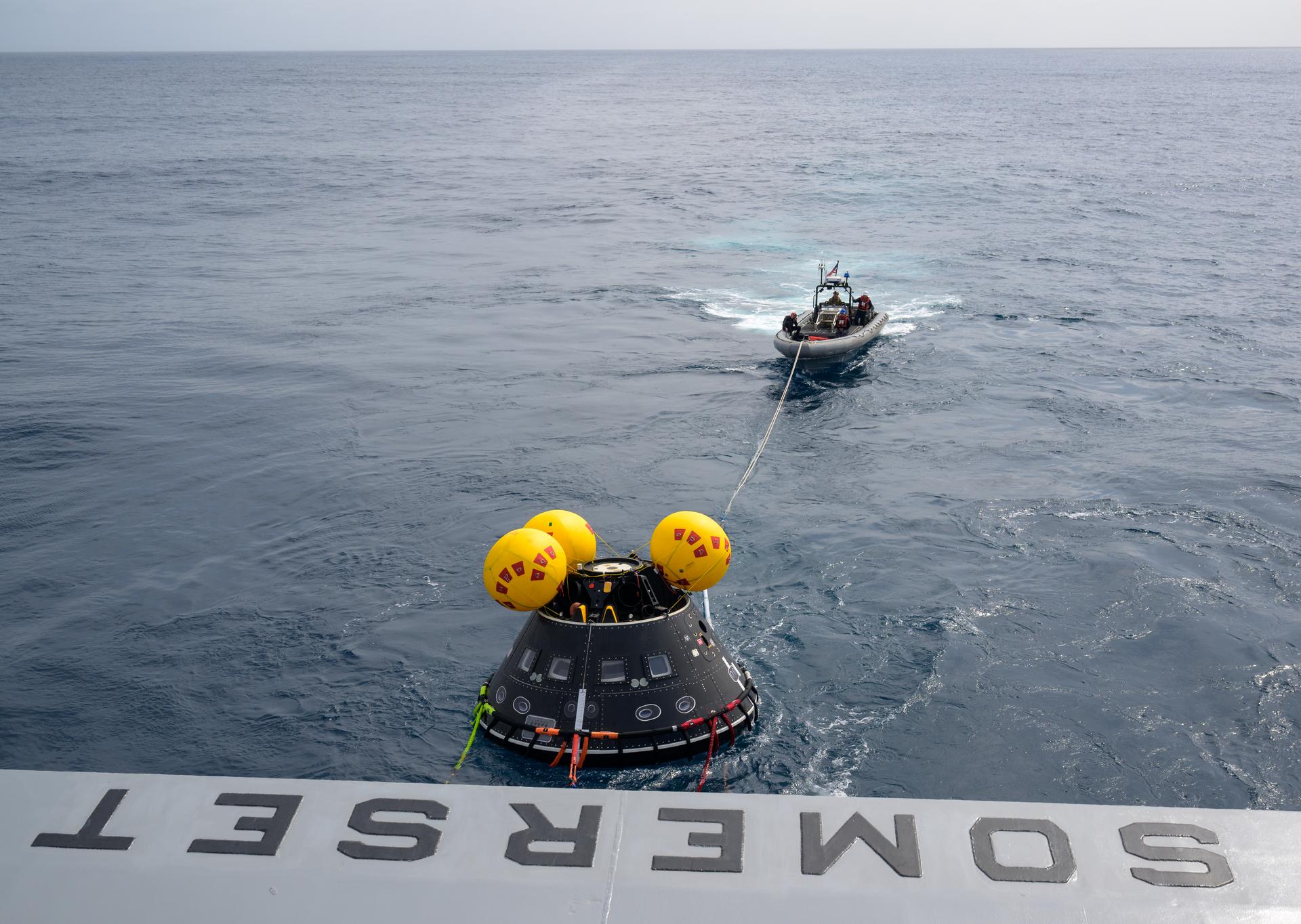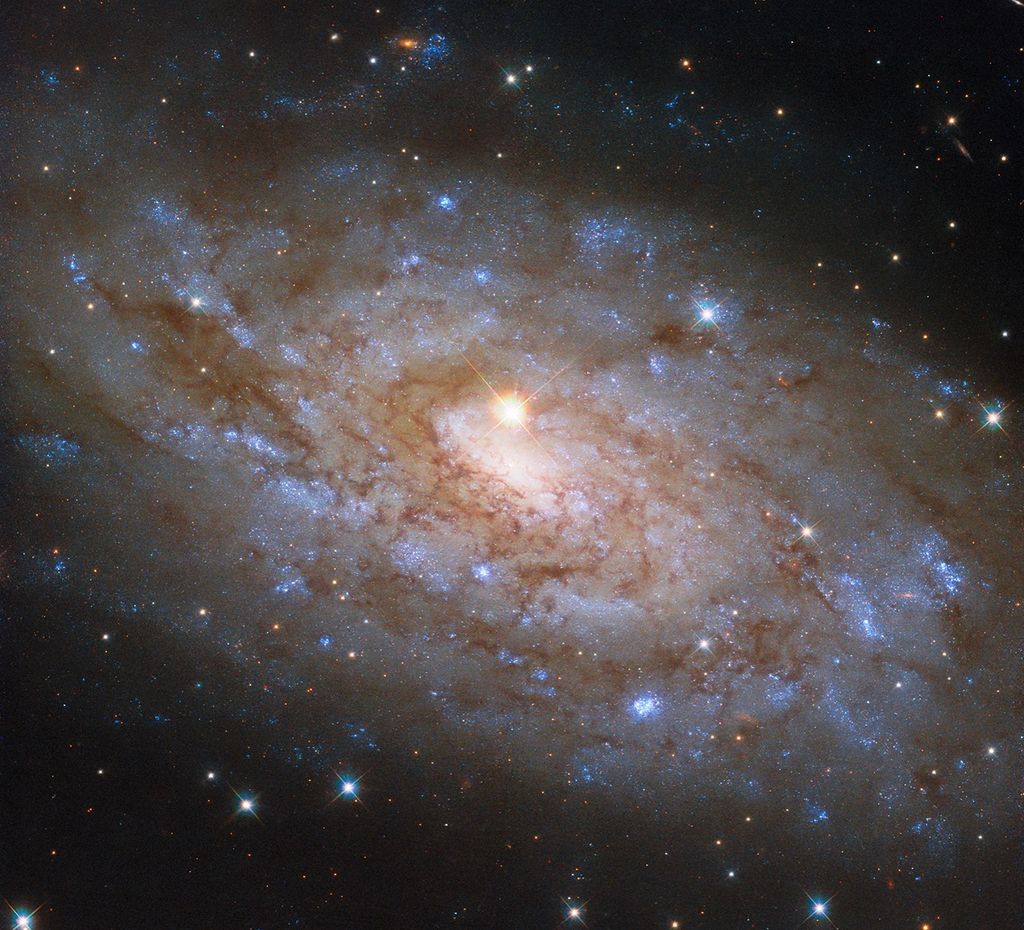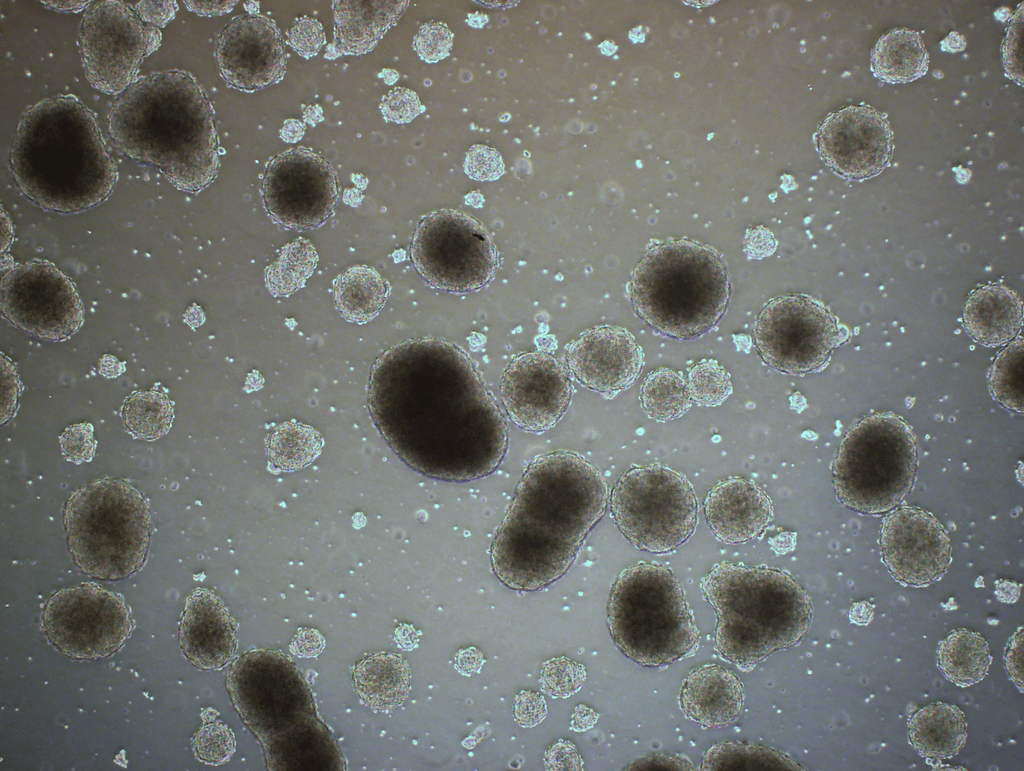NASA and the Japan Aerospace Exploration Agency (JAXA) have a long history of cooperation in all agency mission areas, including human exploration and operations on the International Space Station, Earth and space science, and fundamental aeronautics research. This week, the agencies signed a joint statement affirming their strong mutual interest in continued future cooperation in space exploration.
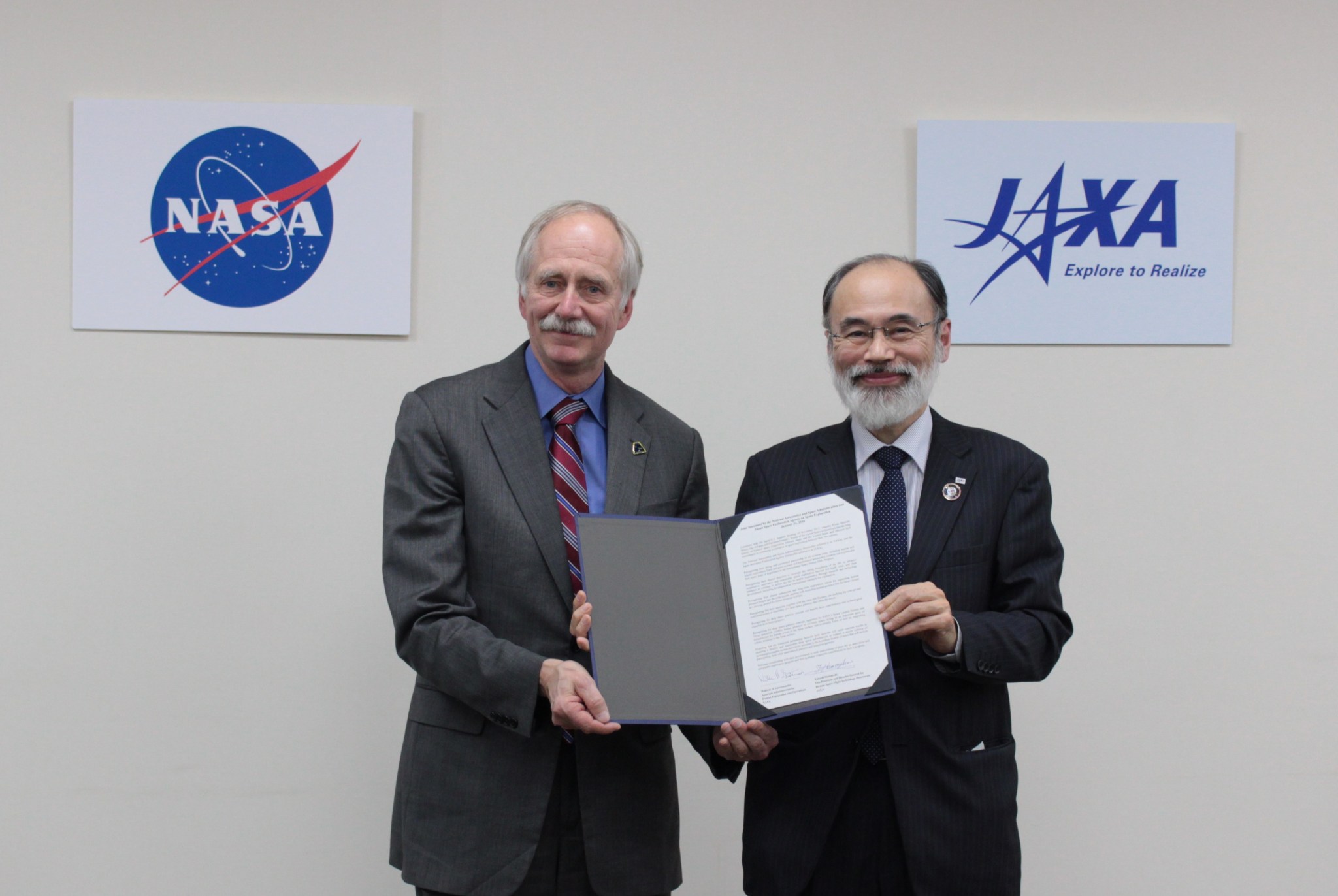
William Gerstenmaier, associate administrator for Human Exploration and Operations, and Takashi Hamazaki, vice president and director general for Human Space Flight Technology Directorate at JAXA, met in Tokyo Jan. 24, 2018, to discuss their shared enthusiasm and long-term vision for expanding human presence deeper into the solar system, starting with extending human presence into the lunar vicinity as a proving ground for future missions to Mars.
The space agency leaders acknowledged the scientific and technical achievements accomplished aboard the space station and its pivotal role in preparing for human expeditions beyond low-Earth orbit into deep space. The Japanese experiment module, called Kibo, enables important research by crew members aboard the orbiting laboratory, including JAXA astronaut Norishige Kanai, who is part of the current Expedition 54 mission.
Building a strategic capability to enable a steady cadence of increasingly complex human and robotic missions will require the best from NASA, interested international partners, and industry. In March 2017, NASA unveiled a concept to build a crew-tended spaceport in lunar orbit using the early missions of its Space Launch System and Orion, which would serve as a gateway to deep space and the lunar surface.
They also highlighted that JAXA and NASA expect the continued partnership between both agencies will yield concrete results in maturing a flexible and sustainable deep space infrastructure.
Additionally, NASA recently selected five companies to study the power and propulsion element of the deep space gateway concept, and NASA’s habitation work with commercial partners through NextSTEP will help inform the habitation element of the gateway. In addition, NASA recently completed a call for scientific abstracts for research near the Moon, and will host a workshop to discuss potential research in detail in February 2018.

